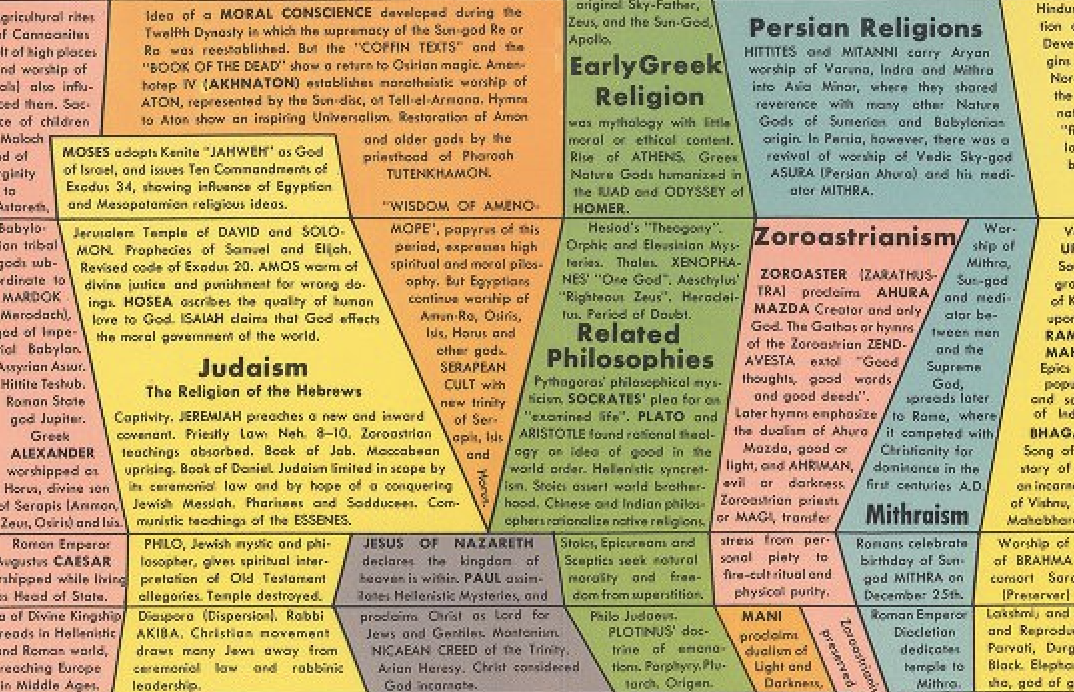In the nineteen-sixties, the music media encouraged the notion that a young rock-and-roll fan had to side with either the Beatles or their rivals, the Rolling Stones. On some level, it must have made sense, given the growing aesthetic divide between the music the two world-famous groups were putting out. But, at bottom, not only was there no rivalry between the bands (it was an invention of the music papers), there was no real need, of course, to choose one or the other. In the fifties, something of the same dynamic must have obtained between Ray Bradbury and Isaac Asimov, two popular genre writers, each with his own worldview.
Bradbury and Asimov had much in common: both were (probably) born in 1920, both attended the very first World Science Fiction Convention in 1939, both began publishing in pulp magazines in the forties, and both had an aversion to airplanes. That Bradbury spent most of his life in California and Asimov in New York made for a potentially interesting cultural contrast, though it never seems to have been played up. Still, it may explain something of the basic difference between the two writers as it comes through in the video above, a compilation of talk-show clips in which Bradbury and Asimov respond to questions about their religious beliefs, or lack thereof.
Asimov may have written a guide to the Bible, but he was hardly a literalist, calling the first chapters of Genesis “the sixth-century BC version of how the world might have started. We’ve improved on that since. I don’t believe that those are God’s words. Those are the words of men, trying to make the most sense that they could out of the information they had at the time.” In a later clip, Bradbury, for his part, confesses to a belief in not just Genesis, but also Darwin and even Jean-Baptiste Lamarck, who theorized that characteristics acquired in an organism’s lifetime could be passed down to the next generation. “Nothing is proven,” he declares, “so there’s room for a religious delicatessen.”
One senses that Asimov wouldn’t have agreed, and indeed, would have been perfectly satisfied with a regular delicatessen. Though both he and Bradbury became famous as science-fiction writers around the same time — to say nothing of their copious writing in other genres — they possessed highly distinct imaginations. That works like Fahrenheit 451 and the Foundation trilogy attracted such different readerships is explicable in part through Bradbury’s insistence that “there’s room to believe it all” and Asimov’s dismissal of what he saw as every “get-rich quick scheme of the mind” peddled by “con men of the spirit”: each point of view as thoroughly American, in its way, as the Beatles and the Stones were thoroughly English.
Related content:
Isaac Asimov Explains His Three Laws of Robots
Carl Sagan Answers the Ultimate Question: Is There a God? (1994)
50 Famous Academics & Scientists Talk About God
Based in Seoul, Colin Marshall writes and broadcasts on cities, language, and culture. His projects include the Substack newsletter Books on Cities, the book The Stateless City: a Walk through 21st-Century Los Angeles and the video series The City in Cinema. Follow him on Twitter at @colinmarshall or on Facebook.





